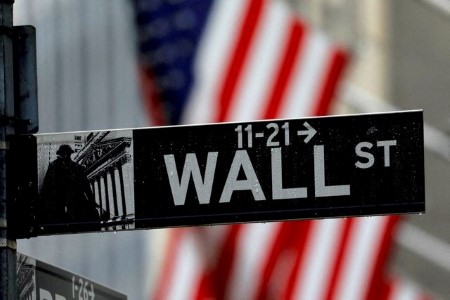




Policy Rate Updates: Double cut finale
 DOWNLOAD
DOWNLOAD

Monthly Economic Update: One for the road
 DOWNLOAD
DOWNLOAD

Inflation Update: Still low, still slow
 DOWNLOAD
DOWNLOAD


Fund capitulation on record short US equity bet pays off

ORLANDO, Florida, Aug 8 – Better late than never.
In the two months since hedge funds began bailing on their record net short position in S&P 500 futures their equity returns have accelerated, narrowing the yawning year-to-date underperformance versus the broader market.
The latest performance numbers from hedge fund industry data provider HFR show that the HFRI Equity Hedge (Total) Index rose 2.0% in July, a solid start to the third quarter on the heels of an even stronger 3.1% rise in June.
This global index mirrors HFR’s US equity index and dovetails with Commodity Futures Trading Commission data – funds have more than halved their record net short position in S&P 500 futures since the end of May, and returns have picked up as Wall Street has marched higher.
The question now is do funds have the appetite to go outright long, bearing in mind how high the S&P 500 index is, how expensive US stocks are, and how high nominal and real bond yields are?
Against that backdrop, perhaps not, although the weekly momentum on funds’ S&P 500 futures positioning is the most bullish since December 2021.
Hedge funds have mostly been wrong on stocks recently – heavily long early last year as the S&P 500 headed for a 20% loss and its worst year since 2008, and holding a record short position as recently as May with the index up 20% year to date.
They’re starting to put that right now though.
The latest CFTC figures show that hedge funds’ net short position in e-mini S&P 500 futures at the end of July was around 200,000 contracts, the smallest net short since March.
Just two months ago, at the end of May, funds were net short to the tune of 434,000 contracts, the largest net short position on record since these contracts were launched in 1997.
That’s worth pausing for thought. By this one – admittedly far from perfect – measure, speculators only two months ago were shorting US stocks more than they did during the Great Financial Crisis, 2011 debt ceiling crisis, or the pandemic.
But as the relentless AI-fueled tech rally and solid earnings pushed equities higher, funds quickly threw in the towel and the resulting wave of short covering in June and July more than halved that record net short position.
Not coincidentally, the S&P 500 rose 10% in that period and hedge funds essentially tripled their year-to-date equity returns – the HFRI Equity Hedge (Total) Index at the end of July was up 7.83% YTD compared with 2.51% at the end of May.
That still represents a significant lag on the main indices – the S&P 500 was up 10% in the first five months of the year and up 20% in the January-July period, while the mega tech-fueled Nasdaq surge this year has been even more impressive.
But the tentative recovery in equities is helping to cement wider gains and the HFRI Fund Weighted Composite Index rose 1.51% in July. Barring the pandemic-distorted 2.97% rise in July 2020, this was funds’ best July performance since 2016.
If equity strategy-based hedge funds are slowly turning their poor 2023 performance around, their macro fund peers continue to struggle.
The HFRI Macro (Total) Index returned 0.47% in July, which reduced year-to-date losses to 0.36%. That is still failing to meet even the low bar set by benchmark fixed income indices – in the first seven months of the year the ICE BofA US Corporate Bond index was up 4%, the ICE BofA global corporate bond index was up 3%, and the ICE BofA global Treasury index was up 1%.
(The opinions expressed here are those of the author, a columnist for Reuters)
(Reporting by Jamie McGeever; editing by Jonathan Oatis)
This article originally appeared on reuters.com





 By Reuters
By Reuters